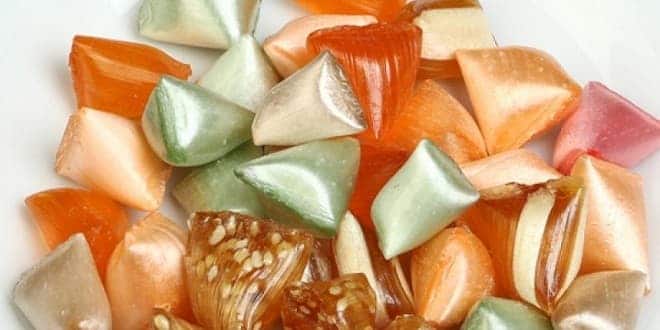Analysis of Reducing Sugars
Analysis of Reducing Sugars
Background
Sugars are members of the carbohydrate family. Examples include glucose, fructose and sucrose. Some sugars can act as reducing agents and these sugars will contain an aldehyde functional group. This property can be used as a basis for the analysis of reducing sugars. For example Fehling’s solution contains copper (II) ions that can be reduced by some sugars to copper (I) ions. This reaction can be used for the quantitative analysis of reducing sugars.
Practical Techniques
You will need to find out about volumetric analysis (titrations) and how to make up accurate solutions.
Where to start
Fehling’s solution can be added to a solution of the sugar whose concentration is known. As the Fehling’s solution is added the blue copper (II) ions will be reduced to copper (I) ions. These will precipitate out of solution as red copper (I) oxide. The resulting solution will be colourless. A titration can be carried out to determine an equivalent amount of the sugar to the Fehling’s solution. The end point would be when the blue colour has just disappeared.
Possible Investigations
• Investigate the accuracy of this technique – you could assess how critical it is to boil the sugar solution and how critical it is to have “fresh” Fehling’s solution. What is the lowest concentration of glucose that can be detected? How reproducible are the results?
• Methylene blue can be used to indicate the end point more clearly. A few drops can be added just before the endpoint is reached. The end point is indicated by the disappearance of the methylene blue colour. Does this make the titration more accurate?
• Sources indicate that this method is affected by the presence of proteins – is this the case?
• Can this method be used to determine the amount of reducing sugars present in foods?
When starch is hydrolysed with hydrochloric acid it is broken down into sugars. Can you adapt the method to determine the extent of the hydrolysis under different conditions?
• A variation of this method is to add excess of the Fehling’s solution to the sugar and to determine the amount of copper (II) left in solution. This can be done by acidifying with dilute sulphuric acid and then adding excess potassium iodide. The iodine that is liberated can be titrated with sodium thiosulphate solution. A blank titration can be carried out without the sugar. The difference can be used to determine the amount of Fehling’s that has reacted with the sugar.
• The addition of 3,5-dinitrosalicylic acid to glucose will produce a compound that absorbs light strongly at 540nm. Could you find a method of analysing for glucose using a colorimeter? Can you use this method to find the concentration of glucose in soft drinks?
• Glucose is optically active and the concentration of a solution can be determined using a polarimeter. How does the accuracy of this method compare the to method with Fehling’s solution?
…



